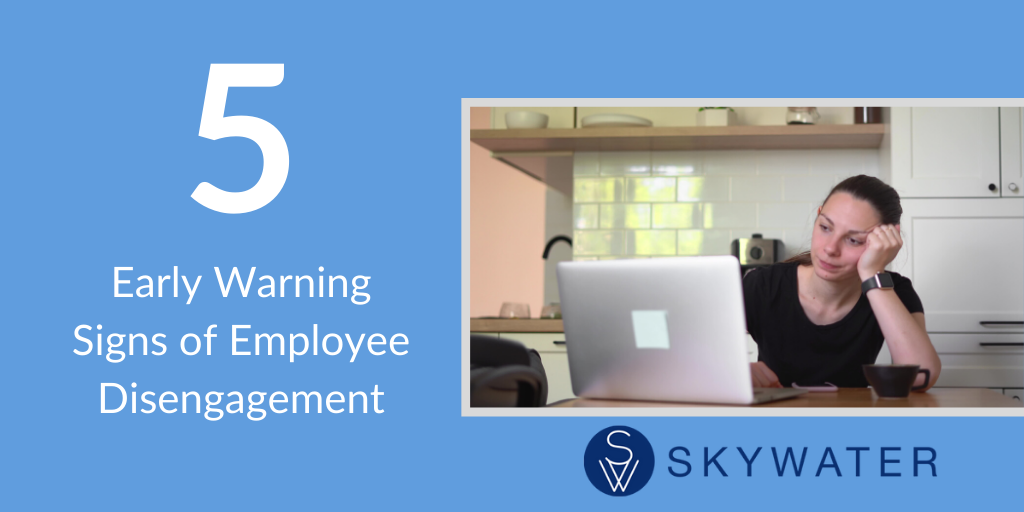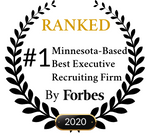It’s one of the great dilemmas of candidates across all industries, especially during a pandemic. You find a great job, you know you’re a perfect fit but your application is greeted by a wall of silence or a standard letter stating “We’re sorry but other applicants more closely matched our requirements.” Perhaps, like many others, this company was forced to eliminate a number of jobs in order to financially keep afloat, making the competition even more fierce for the remaining jobs.
Adam Hoffarber

Recent Posts
Should You Reapply To A Company That’s Rejected You?
5 Steps to a Healthy, Safe Return to the Office
Why the concept of “Radical Self-Care” is the real key to healthy work re-entry.
As vaccinations become more widely available in MN, offices that have been operating with most, or all employees working remotely, are making plans to re-open their doors. In many ways, a return to a routine of leaving the house each morning for work is welcomed. However, for many of us, working from home presented an opportunity for greater self-care.
As many of us prepare to re-enter the daily grind, how can we take what we've learned from our time at home with us back into the re-opening world?
How will you help forge equality in the workplace?
This Valentines Day, Here are 5 Ways to Make Candidates Fall in Love With You
Recruiting is a lot like dating and, like so many relationships, it’s complicated. In today’s super competitive labor market, every successful hire depends on your ability to find that right person, then woo them, get to know them, turn cartwheels to impress them, and simultaneously pluck up the courage to share the truth about your own shortcomings. And that’s before you try to make it official...
It goes without saying that 2020 was tremendously unique year. Through it all, we've done our best to broadcast the industry trends that we have been able to observe through our access to the job market in the industries we serve. Recently, we shared the single biggest hiring mistake we've seen in 2020, which speaks to a trend we saw of companies freezing their hiring of key leadership roles out of caution.
Meet Lauren Swartout and Our Newly Expanded Legal Practice Area
In the eight years since SkyWater Search Partners first opened our doors, we have partnered with law firms and corporate legal departments to match highly talented attorneys with exceptional career opportunities throughout the Twin Cities and Upper Midwest. In response to growing client demand, we recently made a strategic decision to expand our legal practice and bring in a leader with the experience and insights to oversee that growth.
If you encounter one of these frightful executive recruiters, don’t be tricked!
Are you ready for Halloween? At SkyWater we've fed our pet bats, dry cleaned our very best capes, and changed the sheets in our coffins. Just kidding. If you've worked with SkyWater before, you know we're not the vampires that some make recruiters out to be. But stories of truly terrible recruiters aren't always completely unwarranted. In celebration of Halloween, I thought I’d give you a peek at some of the most horrifying characters in my own profession, executive recruiting, in hopes that you can recognize the very best recruiters, and stick with the good guys.
It’s been a long year. For the large majority of us, even with experience telecommuting, working from home has never gone like this before. As an executive recruiter, I’ve always believed that employee experience is the single greatest predictor of employee success and retention. I also believe that the key to understanding employee experience is communicating. Ask good questions, listen intentionally, follow up, role model, observe. But lately, I think that most managers whose employees were abruptly thrust out of the office and into instant telecommuting, it’s growing increasingly difficult to have a good sense of how each individual is really doing.
5 Early Warning Signs of Employee Disengagement
In my last blog post, I talked about employee engagement and how some of the most successful organizations have been able to boost employee engagement, even during uncertain times of change. Your organization may be experiencing a healthy level of employee engagement, but you also may have a few bright stars who have begun to become disengaged. If that is the case, how do you recognize the signs, and what can be done?
Even when we do notice an employee beginning to disengage, we’re often tempted to bury our heads in the sand, hoping it’s just a bumpy phase that will smooth itself out.
A recent survey conducted by Gallup on employee engagement across the country shows that even as Americans' wellbeing has dropped to a 12-year low in the past month amid the coronavirus outbreak, the engagement of the working population has hit a new high. Despite new working conditions such as work from home or sparse office layouts designed to promote social distancing and slow the spread of the virus, companies are making it work. This begs the question: how is your employee engagement holding up? And if you're feeling like your business may be experiencing a rise in employee disengagement, what can you implement to turn this around?
















